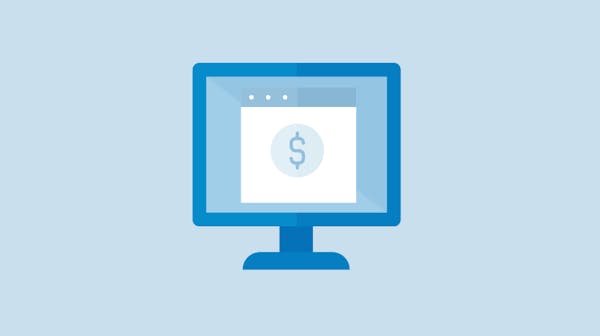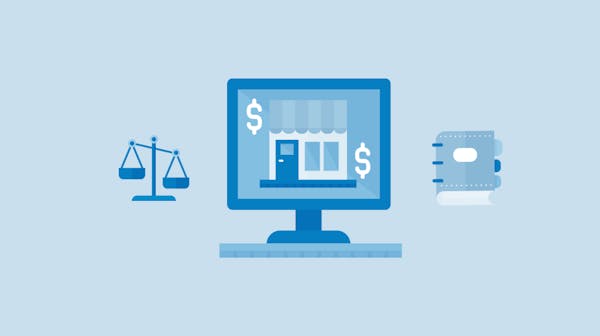Invoicing solutions tailored for retail businesses streamline operations, ensure compliance, and improve customer interactions. Choosing the right system requires understanding your unique needs and how features like integration and mobility match up to those demands.
- Understanding Retail Business Invoicing Needs
Retail entrepreneurs appreciate that a one-size-fits-all approach doesn’t work for invoicing in the diverse retail landscape. Unique billing cycles, customer bases, and varieties in products necessitate an invoicing system that can handle varied scenarios such as split payments, loyalty discounts, and returns. For example, a clothing store may require features for handling exchanges and refunds directly through the invoicing system, while a grocery store might need an optimized system for high volume, fast-paced sales.
- Key Features of an Effective Retail Invoicing System
When scouting for an invoicing system, there are certain non-negotiable features to look for. A robust retail invoicing system should include capabilities such as batch processing, barcode scanning, and real-time sales tracking. In addition to batch processing and real-time sales tracking, it's vital to understand how these features tie into an existing ecosystem. For example, barcode scanning should seamlessly update inventory counts in the POS system, while batch processing must align with end-of-day sales reconciliation processes. This interconnectivity not only boosts efficiency but also ensures accuracy in sales reporting and inventory management.
- Integration with Other Retail Systems
Seamless integration with technology stacks used in retail settings, such as POS systems like Square or Shopify and inventory platforms like InventoryLab or Vend, is vital for a frictionless operation. Such integrations automate data transfers between systems, ensuring real-time updates across all channels. Retailers should seek invoicing systems that offer easy plug-and-play capabilities with these common retail systems to streamline their operations and enhance their service delivery.
- Mobile and Cloud-Based Invoicing Solutions
Today's retail landscape demands mobility and accessibility. Cloud-based invoicing systems allow for the management of transactions and invoices anywhere and anytime, an advantage for retail businesses that are always on-the-go. Take the example of a boutique that implemented a cloud-based invoicing system, allowing them to manage customer billing directly on the sales floor. This mobility helped increase customer engagement and led to a noticeable uptick in impulse purchases. Similarly, for businesses with multiple locations, cloud solutions enable centralized monitoring of sales and stock levels, fostering informed decision-making and timely restocking.
- Customization and Scalability
To choose an invoicing system that will grow with the business, retailers should consider scenarios of growth, such as increasing product lines, expanding to new locations, or offering online sales platforms. These factors will demand varied invoicing features, from handling multi-currency transactions to managing online order fulfillment. Configurable invoice templates, scalability to handle a growing number of transactions, and the ability to integrate with e-commerce platforms are all important considerations.
- Selecting the Right Invoicing Software for Retail Business
Here is a practical checklist for selecting the right invoicing software: assess your current and future invoicing needs, determine budget constraints, investigate integration capabilities with your POS and inventory systems, check for customization options, read reviews by other retail businesses, consider ease of use and customer support, and ensure compliance with applicable laws and regulations. After working through your checklist, why not take InvoiceOnline for a spin? Its hassle-free free trial lets you experience first-hand how it can meet your invoicing needs without any commitment.
- Implementing Your Invoicing Solution
Transitioning to a new invoicing system is a critical business decision. Common challenges during system transition include data migration issues, resistance to change from staff, and disruptions to routine operations. To counter these, it is crucial to start with a clear plan, including data backups, scheduled training sessions for employees, and a phased approach to the rollout. Providing adequate support resources and ensuring open lines of communication can alleviate much of the stress associated with change.
- Compliance and Legal Considerations
Staying compliant in invoicing means adhering to specific requirements, such as tax rates, proper documentation of sales, and adhering to data privacy laws. Retailers should evaluate invoicing systems for their ability to update automatically with tax rate changes, generate comprehensive sales reports, and maintain customer financial information securely, in line with GDPR and other regional regulations.
- Case Studies: Invoicing Success Stories in Retail
A mid-sized fashion retailer successfully transitioned to an advanced invoicing system, which allowed them to track customer purchases and returns efficiently. This led to better inventory management and an enhanced customer service experience. Another case involves a regional grocery chain that leveraged their invoicing system to introduce digital coupons and loyalty programs, thereby increasing repeat business. Furthermore, a home decor retailer digitized their invoicing process through the implementation of a mobile invoicing solution, resulting in reduced wait times at checkout and improved customer satisfaction due to faster, more accurate service.
Summary
In conclusion, investing in the right invoicing solution is a game-changer for retail businesses. It simplifies operations, fosters better customer experiences, and scales with your growth. Remember, a fitted invoicing system is not just about billing; it's key to running a smart, efficient retail business.




